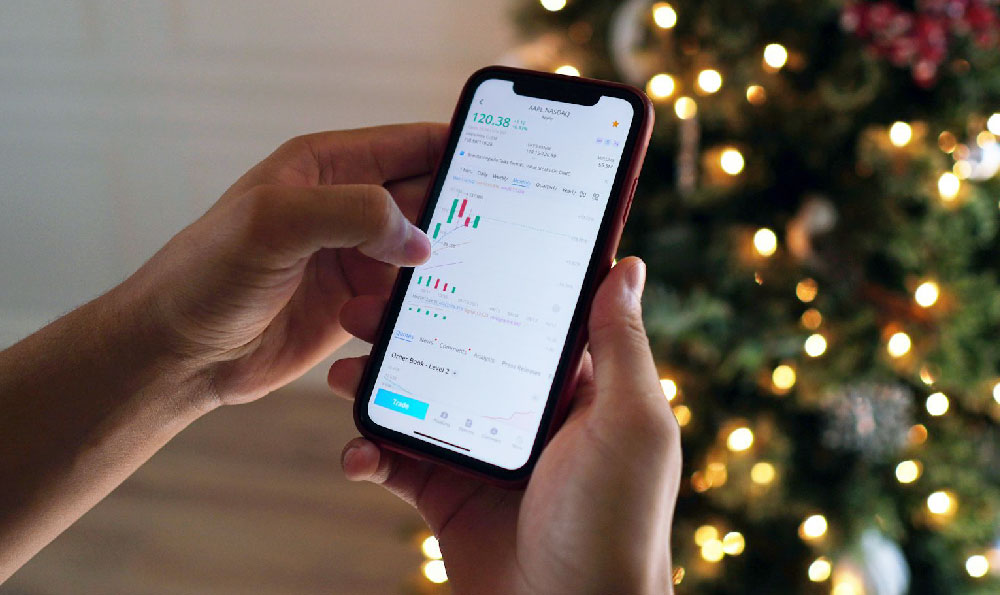How Much Daily Revenue Does Apple Generate: A Breakdown?

Apple Inc., a titan in the technology industry, consistently captures headlines with its innovative products, loyal customer base, and, of course, its staggering financial performance. One question that often arises, and rightly so, is: How much daily revenue does Apple actually generate? While pinpoint accuracy is impossible without access to internal company data, we can arrive at a robust estimate by analyzing Apple's reported annual revenue and breaking it down into a daily figure. This provides a valuable insight into the sheer scale of Apple's financial engine.
The starting point for any such calculation is Apple's annual revenue. This figure is typically announced during their quarterly earnings calls and summarized in their annual reports. These reports are publicly available and provide a detailed overview of the company's financial health. For example, let's hypothetically assume Apple reported an annual revenue of $380 billion for the fiscal year. This figure represents the total income generated from the sales of iPhones, iPads, MacBooks, Apple Watches, services like Apple Music and iCloud, and other products and services throughout the year.
Once we have the annual revenue, the next step is to divide it by the number of days in a year. There are 365 days in a standard year (or 366 in a leap year). Therefore, dividing the $380 billion annual revenue by 365 days gives us a rough estimate of Apple's daily revenue. In this example, the calculation would be $380,000,000,000 / 365 = approximately $1.04 billion per day.

However, this simplified calculation provides only a preliminary estimate. A more nuanced analysis would account for several important factors that can influence Apple's daily revenue figures. One crucial factor is seasonality. Apple's revenue tends to fluctuate throughout the year, with peak sales typically occurring during the holiday season (the first fiscal quarter, which includes October, November, and December). This is when new iPhone models are released, and consumers are more likely to purchase electronics as gifts. Therefore, the daily revenue during the holiday quarter will likely be significantly higher than the average daily revenue for the entire year. Conversely, some quarters might experience slower sales due to anticipated product releases or broader economic conditions.
To account for seasonality, analysts often look at Apple's quarterly revenue figures and break those down into daily averages for each quarter. This provides a more accurate picture of the daily revenue trends throughout the year. For instance, if the holiday quarter accounts for 35% of Apple's annual revenue, the daily revenue during that quarter would be considerably higher than the $1.04 billion average calculated earlier.
Another factor to consider is the geographical distribution of Apple's sales. Apple operates in numerous countries around the world, and revenue can vary significantly from region to region. Factors such as local economic conditions, currency exchange rates, and competition from local brands can all impact sales in different markets. Analyzing Apple's revenue by geographic segment, as reported in their annual reports, can provide further insights into the drivers of daily revenue. For example, strong growth in emerging markets like India or Southeast Asia could contribute significantly to Apple's overall daily revenue.
Furthermore, the product mix plays a crucial role in determining Apple's daily revenue. The iPhone is typically Apple's largest revenue generator, but other products and services also contribute significantly. The revenue generated from each product category can vary depending on factors such as product updates, pricing strategies, and consumer demand. For instance, a successful launch of a new iPad model or a significant increase in Apple Music subscriptions could boost the daily revenue generated from these product categories. Therefore, understanding the contribution of each product and service to Apple's overall revenue is essential for a comprehensive analysis.
Finally, external factors such as macroeconomic conditions, technological advancements, and competitive landscape can all influence Apple's daily revenue. Economic downturns, for example, can lead to decreased consumer spending on discretionary items like electronics, which could negatively impact Apple's sales. Similarly, disruptive technologies or increased competition from other companies can also affect Apple's market share and revenue. Staying abreast of these external factors is crucial for understanding the dynamics of Apple's business and predicting its future revenue performance.
In conclusion, while a simple calculation of dividing annual revenue by the number of days in a year provides a basic estimate of Apple's daily revenue, a more accurate and insightful analysis requires considering factors such as seasonality, geographic distribution, product mix, and external market forces. By taking these factors into account, one can gain a deeper understanding of the immense scale and complexity of Apple's financial engine and how it generates billions of dollars in revenue every single day. This rigorous analysis moves beyond a superficial number and offers a more nuanced perspective on Apple's financial prowess. The ability to generate such substantial daily revenue is a testament to Apple's strong brand, innovative products, and effective business strategies.















